Taon Noong Ako'y Anak sa Labas (2008)
Filmmaker John Torres describes his childhood and discusses his father's infidelities.
Filmmaker John Torres describes his childhood and discusses his father's infidelities.
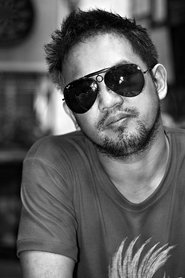 Khavn
Khavn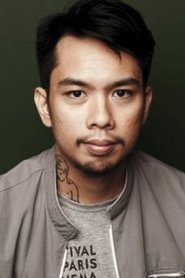 Raya Martin
Raya Martin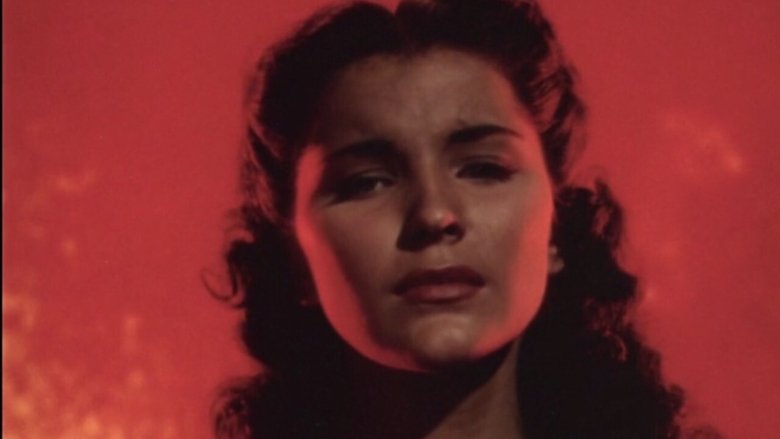
A video essay where the author presumes motivations and insights in a fictionalized biography regarding Debra Paget, a contract player for 20th-Century Fox whom they groomed and coached for stardom.
How do you put a life into 500 words? Ask the staff obituary writers at the New York Times. OBIT is a first-ever glimpse into the daily rituals, joys and existential angst of the Times obit writers, as they chronicle life after death on the front lines of history.
We get up, go to work, eat and go to bed. Is our life about daily rituals or is there a deeper, more inscrutable meaning of life? Kjeld lives surrounded by nature in his small house and soon becomes a father. He seeks satisfaction in the simplicity of life in nature. Anna is a young artist looking for answers in her poetry and music. A philosophical documentary essay in which the search for the core of life is central. How should we live if there are no answers anywhere?
A visual essay that highlights top-down shots from Wes Anderson's filmography.

Twenty-five films from twenty-five European countries by twenty-five European directors.
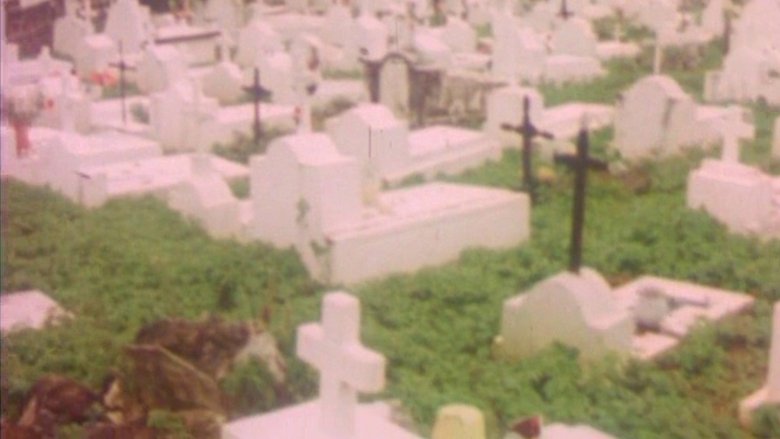
For 'Et les chiens se taisaient' Maldoror adapted a piece of theatre by the poet and politician Aimé Césaire (1913–2008), about a rebel who becomes profoundly aware of his otherness when condemned to death. His existential dialogue with his mother reverberates around the African sculptures on display at the Musée de l'Homme, a Parisian museum full of colonial plunder whose director was the Surrealist anthropologist Michel Leiris.

A visual essay on contemporary Kiwi architecture.
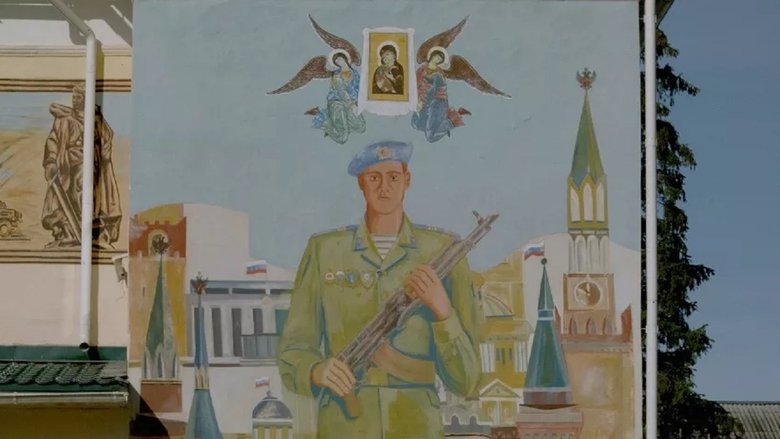
1940. On the border between Latvia and the USSR, a woman is killed in front of her house as she tried to protect her son from the liberating attack of the Soviets. Almost 80 years later, the archive photo bearing witness to this news item and representing a collateral victim of the European Union’s founding conflict forms the starting point for a journey undertaken by Davis Sīmanis. He navigates from one side to the other of this border, which today represents another separation, one that is geographical but also cultural: between Europe and Russia.
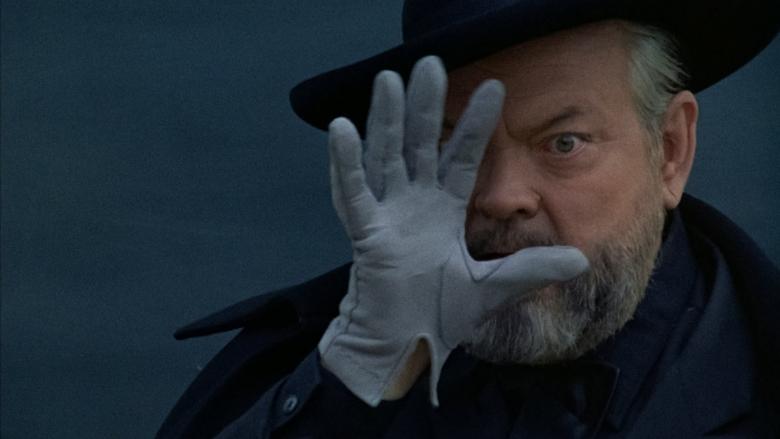
Documents the lives of infamous fakers Elmyr de Hory and Clifford Irving. De Hory, who later committed suicide to avoid more prison time, made his name by selling forged works of art by painters like Picasso and Matisse. Irving was infamous for writing a fake autobiography of Howard Hughes. Welles moves between documentary and fiction as he examines the fundamental elements of fraud and the people who commit fraud at the expense of others.
This video will teach you how to write your own autobiography, with examples from the narrator’s life.
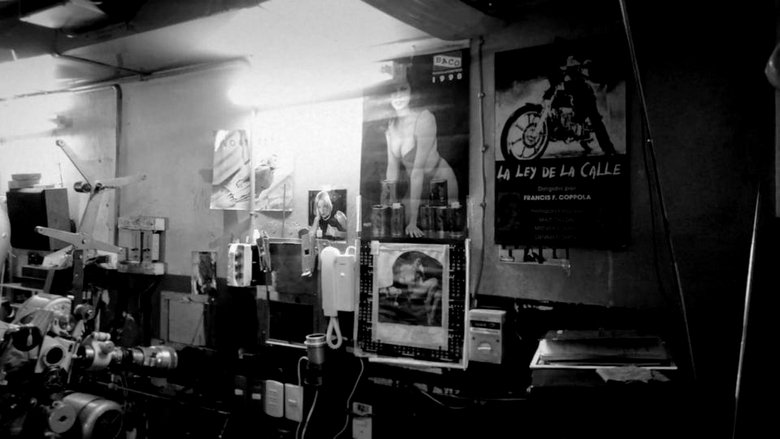
A personal meditation on Rumble Fish, the legendary film directed by Francis Ford Coppola in 1983; the city of Tulsa, Oklahoma, USA, where it was shot; and its impact on the life of several people from Chile, Argentina and Uruguay related to film industry.
A fragmented collection of independent closed cinemas, in London during lockdown, captured on Super 8mm film.
A flickering dance of intriguing imagery brings to light the possibilities of ordinary movements from the everyday which appear, evolve and freeze before your eyes. Made entirely from archive photographs and footage from the earliest days of moving image, All This Can Happen (2012) follows the footsteps of the protagonist from the short story 'The Walk' by Robert Walser. Juxtapositions, different speeds and split frame techniques convey the walker's state of mind as he encounters a world of hilarity, despair and ceaseless variety.
An essay film about Jean-Paul Sartre and the French Existentialists, featuring Roland Barthes' last interview.
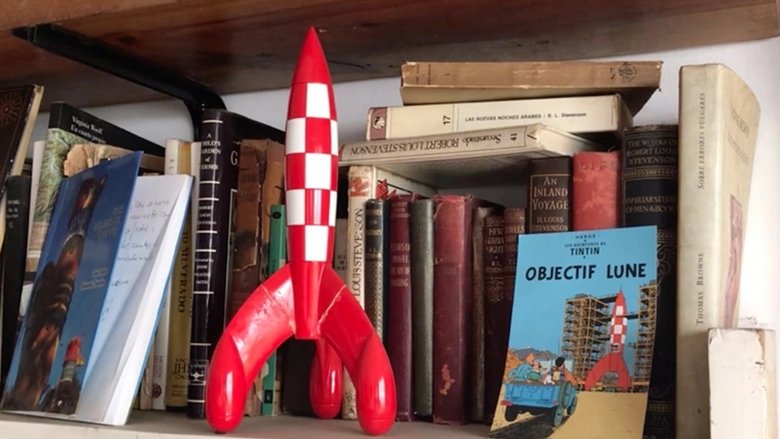
A "cinematic object" by Mariano Llinás, divided into 9 chapters, based on the poetry of Henri Michaux.
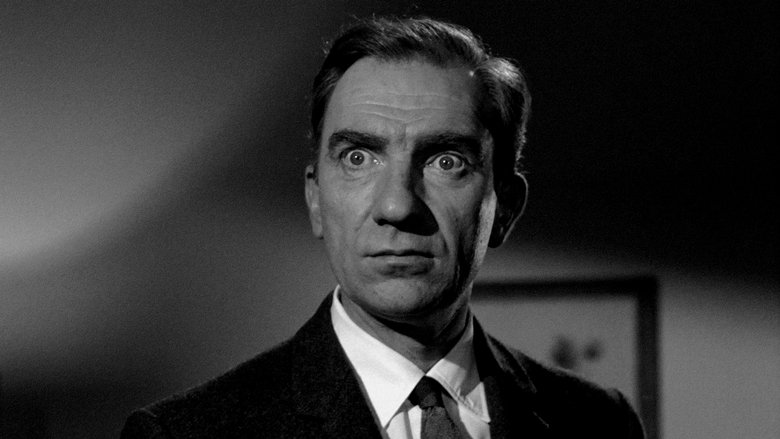
An experimental portrait of Fernando Fernán Gómez, one of the most renowned Spanish artists of all time.
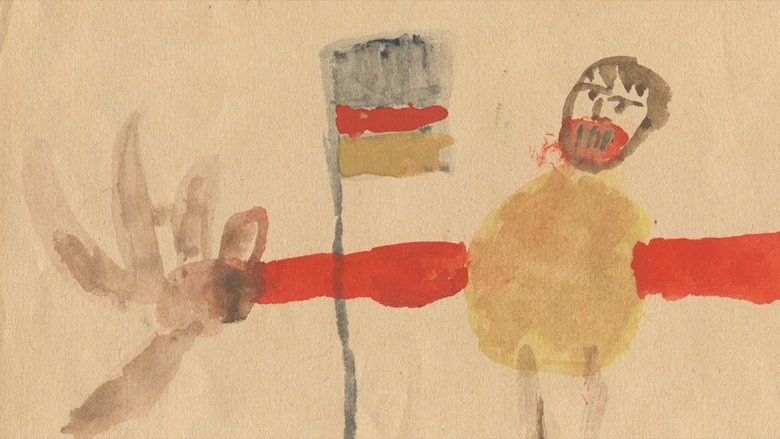
Director Thomas Heise picks up the biographical pieces left by his family, and composes an epic picture of four generations of his family, of a country, of a century.